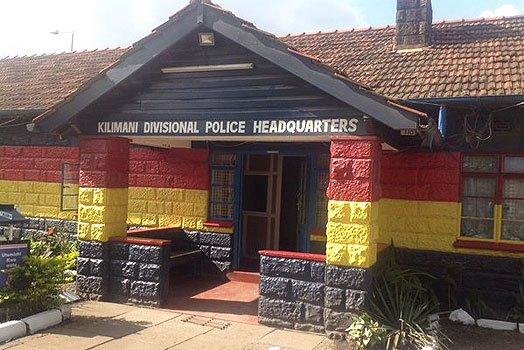100 years ago when Nairobi was a dusty land with some sections full of farmland, there lived Africans, Asians and Wazungus in tension-harmony.
Africans were learning new ways of life.
Forced to work in Wazungu farms, they toiled under the sun and in chilly weather for meagre farm wages.
Many signed up to work in farms because of the promise of free food, medical attention and just to get by.
Most were rejects; chased away from home for ‘being lazy’. They found solace and ‘love’ in the city.
At one farm in what is presently Kilimani, there lived two men, Ngamau and Mogotio, they were not fond of each other, Mogotio would always have the best harvest from his side of the farm and the accolades he got from the mzungu owner always drove Ngamau crazy.
Not that Ngamau’s department performed poorly. The dairy he was put in charge was bringing in money too, but Mr Carter showed more love for Mogotio’s beans, maize, carrots, Cucumbers.
The farm has other issues too.
The two unmarried men were also eyeing a certain Peninah, a slender and tall Kikuyu damsel from Kiambu who had been brought to the farm by Mrs Carter to work as a housemaid.
Peninah was a sight to behold.
It excited a new ‘war’ between Mogotio and Ngamau.
Mogotio, the one who was favored by Mr Carter’s household would get easy access to the house, and there was this time the Carter’s were away, he spent most time inside the house.
On a Thursday night in July 1902, Ngamau having finished cleaning the cow pen, decided to visit the house. The Carter’s were away on holiday in Nakuru.
Ngamau, intending to not disturb the peace inside the house tiptoed towards the kitchen window so as to peep inside unnoticed.
As he moved closer, he heard a familiar voice, he immediately noticed that it was Mogotio’s.
He was filled with rage and didn’t know what to do, because he knew Mogotio was with Peninah in the house.
Peeping through the windows, he saw Mogotio, Peninah seating on his lap.
The hunger that simmered that day, wouldn’t allow Ngamau any sleep.
He planned in his mind a whole month.
In August 18th 1902, Mr Carter’s dogs let out a loud barks, jumping up and down hysterically. Moving to and fro a mound at the corner of the farm where a barn stood.
‘What’s up Simba?’ Mr Carter asked as he followed the dog which seemed to be pointing in the direction of the barn.
It was as if it was telling him something.
Carter followed Simba to the barn.
A horrible sight.
The body of Mogotio lay, mouth agape, blood flowing from his chest, a knife lay by his side. He was motionless.
Flies hovered around.
Mr Carter let out a loud cry, then rushed to his house to inform police.
The message on the Telegram was ‘Kill-a-man – Carter farm’.
The other workers in the farm were shocked, most of them didn’t know how to express what Mr Carter said, they just knew that Mogotio had been killed and that Mr Carter kept saying, ‘how can one kill a man’ in my compound.
When the news spread to other farms in Nairobi, the message was that the crime that had been committed was ‘kill a man’.
That’s how Kilimani in Nairobi got its name.
(This was just a story, not true events)




